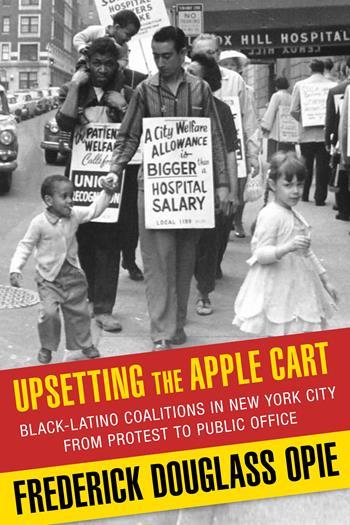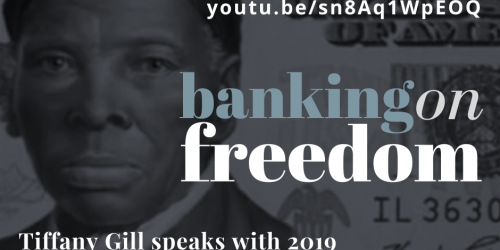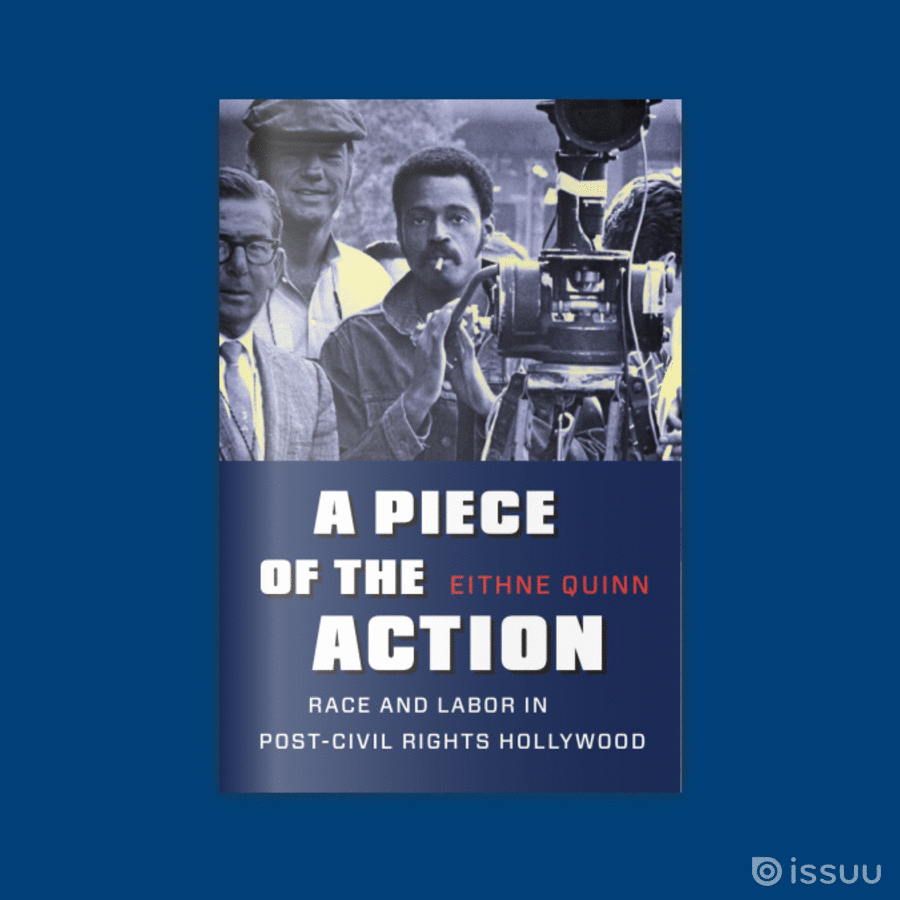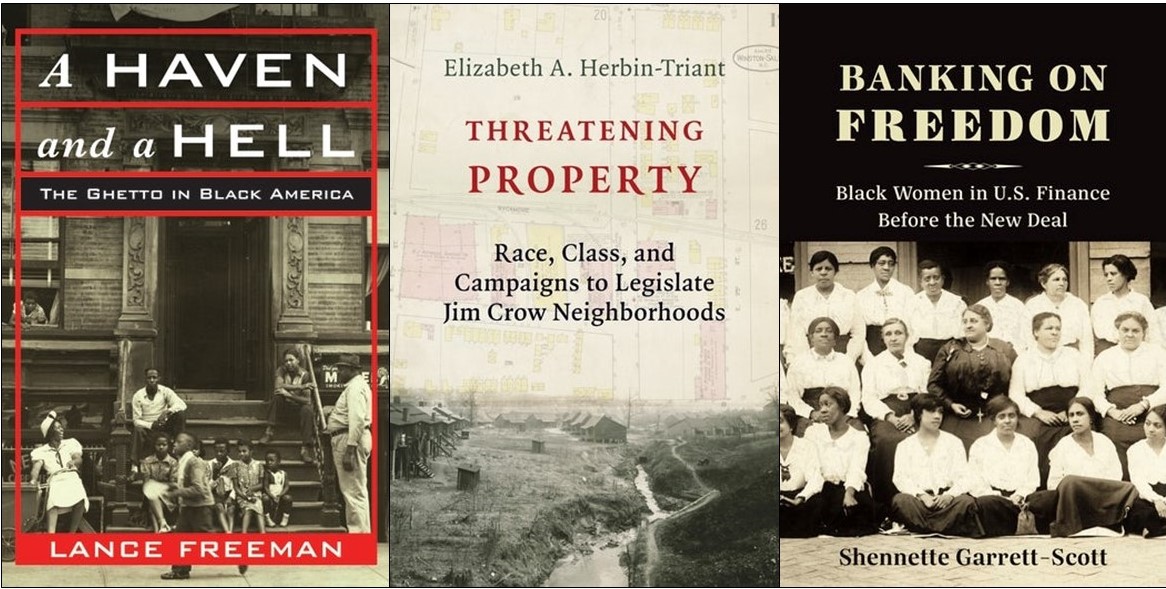Interview with Frederick Douglass Opie, author of "Upsetting the Apple Cart"
“Upsetting the Apple Cart reveals how when the NYPD talks about the death of Eric Garner, they view it as an incident or a moment; Black and Brown folks who support the Black Lives Matter movement talk about it as history.”—Frederick Douglass Opie
The following is an interview with Frederick Douglass Opie, author of Upsetting the Apple Cart: Black-Latino Coalitions in New York City from Protest to Public Office
Question: How did you get interested in the project?
Frederick Douglass Opie: While working on my first book Hog and Hominy: Soul Food from Africa to America, I came across a set of Works Progress Administration records in the New York City Municipal Archives that described blacks and Latinos in Harlem in the 1930s eating in the same restaurants, frequenting the same nightclubs and theaters, and intermarrying. This was during the summer of 2005, and I was struck by these descriptions given the degree of separation I observed between contemporary blacks and Latinos (Ecuadorians, Dominicans, and some Puerto Ricans and Cubans) in Westchester County, just north of New York City, where I was living at the time. The contrast inspired me to explore the dynamics of African American-Latino coalitions.
Q: What are some of the distinct moments recounted in Upsetting the Apple Cart?
FDO: It tells the story about the first time that Malcolm X, at the height of his popularity in 1962, supported a labor union and the first time as Elijah Muhammad’s principal spokesman for the Nation of Islam that he joined a multiethnic coalition. The book traces the history of when large numbers of Dominicans who migrated to New York began to turn their attention away from the Dominican Republic becoming political mobilized behind African American candidate David Dinkins in 1989. It’s seasoned with recipes because throughout this history people used food to help activists do the necessary work at strategy meetings and protests to advance a cause.
Q: What role did unions play in forging alliance between Blacks and Latinos?
FDO: Labor unions helped Blacks and Latinos develop strong bonds as workers who shared a common political goal, employer, or class status. For example, Black and Latino members of Local DC 37 mobilized against President Ronald Reagan’s plan to cut spending to programs for the urban poor in order to increase spending on weapons systems and military interventions abroad. DC 37 supported the electoral campaigns of Mario Cuomo and others whose platforms addressed Reagan cuts. In addition, DC 37 participated in protest including acts of civil disobedience in their objection to the Reagan administration’s tacit support for the apartheid regime in South Africa and explicit support for authoritarian dictatorships in Central America. For many young workers this served as their foray into public protesting.
Q: How did the election of Harold Washington as Mayor of Chicago in 1983 influence events in New York City?
Without the support of Latinos and poor whites, Harold Washington could not have been elected the first African-American mayor of Chicago in 1983. Jesse Jackson participated in the coalition that got Washington elected and later employed the same coalition strategy when he ran for the Democratic nomination for president in 1984 and 1988. Without Washington’s election in Chicago, Jackson would not have had the support of grassroots progressive Latinos that helped him create the Rainbow Coalition and made him a formidable candidate in1984 and 1988. And because David Dinkins benefitted greatly from the infrastructure created by Jackson’s campaigns and his 1988 primary victory in New York City, his election as Manhattan borough president in 1985 and mayor of New York in 1989 can also be credited to Washington’s ascendance.
Q: What are the ties between the book and the Black Lives Matter movement?
FDO: The book shows that dating back to the 1960s Black and Latino activists like Sonny Carson and Gilberto Gerena Valentín had been engaged in movements to end police brutality and pressure the NYPD to be more democratic and transparent about its data and policing policies. Upsetting the Apple Cart reveals how when the NYPD talks about the death of Eric Garner, they view it as an incident or a moment; Black and Brown folks who support the Black Lives Matter movement talk about it as history. They view the cause and response to Garner’s death through a historical memory which I unpack in the book.





